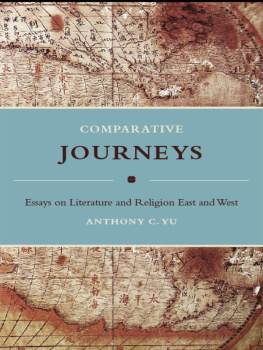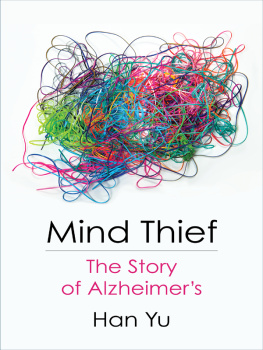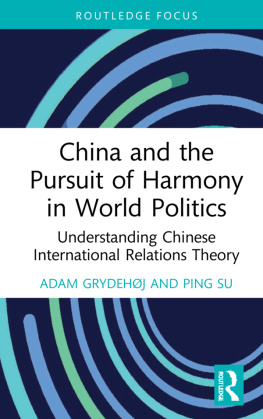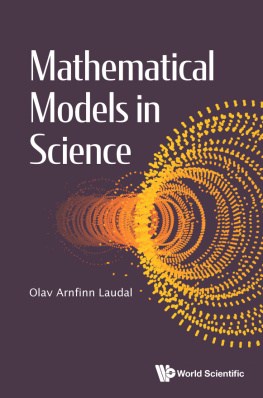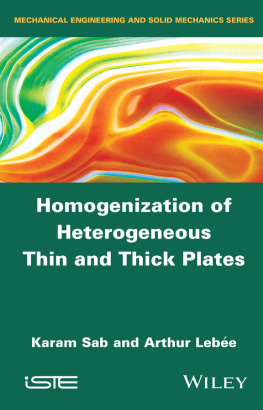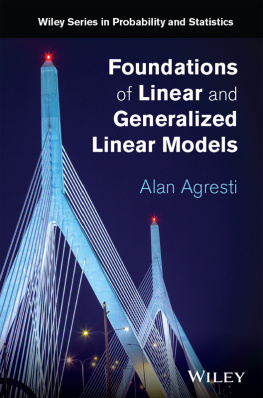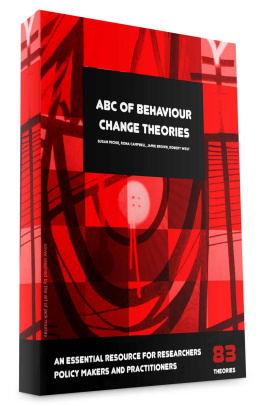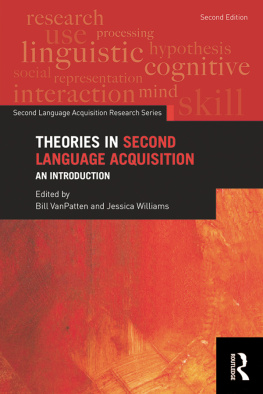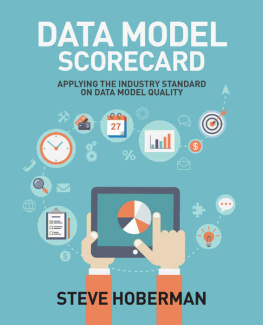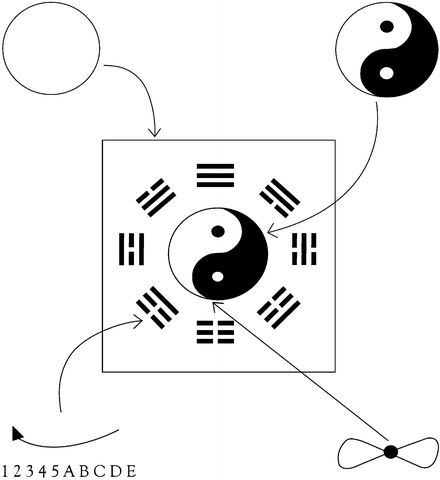Peter Kien-hong Yu SpringerBriefs in Philosophy One-dot Theory Described, Explained, Inferred, Justified, and Applied 2012 10.1007/978-1-4614-2167-2_1 Springer Science+Business Media, LLC 2012
1. Introduction
For the sake of reminding us researchers to be humble and modest at all times, the study of one-dot theory should begin with a discussion of Monkey , which is one of the four great Buddhist-/Daoist-inspired Chinese folk novels, published in the 1590s. As I recall, before the age of 12, I must have read it several dozen times, thoroughly enjoying it each time, and mesmerized by each character, good and bad, in each episode.
One of the main characters in the publication is the Monkey, who was nourished by the five elements. He thinks that being a master of 72 methods of polymorphic transformations, such as the method of conducting a cloud somersault, thereby enabling him to travel vast distances in a single leap, he can do anything, only to acknowledge his limitations, especially after losing his primary weapon, JinGangBang /will-following golden-banded staff, and, in turn, to belittle himself without any choice at the end. My experience in the world of generating theories and models throughout my career is similar to the Monkeys.
Translated from Mandarin Chinese to English, there is one vivid phrase TuoTaoBuChuRuLaiFoDeShouZhang or should I say lesson in the novel, which is hard to forget: No matter what the Monkey does or what you do, both the former and the latter, trapped, can never be able to escape from the palm of the Buddha.
The Buddha can be infinitely big and small, depending on the time/space sequence or the specific situation. In September 1994, I dared to construct my crab and frog motion model, after some 15 years of rationalizing its logic(s) (as opposed to logic), starting from the application in my non-dialectical doctoral dissertation of a board game, namely, Chinese Checkers/ TiaoQi , to study the interactions between Beijing, Washington, and Moscow from a Chinese perspective, which can be dialectically interpreted.
At that time, I thought I have made significant contribution to the study of theories and models because nobody has done that before. Not so. After years of testing by applying my model over some 100 different case studies, big and small, and realizing that the model must be associated with four other related diagrams in order to have a fuller or complete picture, it turns out that what I have done over the last few decades were merely within the Buddhas palm. That is to say, I am a second trapped Monkey, so to speak. What I am trying to remind readers here is that we the academics should be humble or modest, even if your theory and model received a Nobel Memorial Prize or were being applied by a number of other academics and experts. This is because your theory and model or studies can be easily converted and reinvented by the five interrelated diagrams that you will see in Chapter 3.
In July 2011, with the help of a graphic/communication designer who happens to be my daughter, Jessica Meiling YU, the following grand diagram was finally, professionally conceived, created, and drawn. It is an original piece of work (Fig. ).
Fig. 1.1
The five interrelated diagrams
There are five diagrams. The largest one is what I called the grand diagram, which is surrounded by four other smaller diagrams. Most people in the West have not seen the grand one or being aware of it. It is a composite of four other basic, smaller ones.
By just looking at the grand diagram, one can be easily lost and may not be able to comprehend what it is all about. If we break down the grand one into four other smaller ones, one can grasp everything much faster, especially their interrelationship, and they can enable us to apply them at each time/space sequence to describe, explain, and infer social science or even natural science phenomena.
As a reminder, the biggest framework is shown in Appendix I, and I have applied the following specially arranged terms, which should be understood in terms of a scale, to study the dialectical games between Beijing and Taipei, especially after December 1949, when contemporary China became politically divided: Rule of Law Politics/Government by Law/ YiFaZhiGuo ; Rule by Law Politics/Legal System/ FaLuZhiDu or FaZhi for short; Dialectical Politics; and Rule of Men Politics/ RenZhi . Many dialectical games are being played by the Chinese Communists under dialectical politics, and I will elaborate on them later on in the section related to my crab and frog motion model. To the Chinese Communists, sometimes they use the adjective scientific to mean dialectical because, in the contemporary world, more people prefer to use the term science, implying that something could still go wrong, even after making calculated moves.
The grand diagram, in the shape of a square in the middle, is certainly a dot, the largest one among the five dots. Each one of the four dots is but a partial dot of or its equivalent to the grand one. Thus, the smaller circle diagram on the upper left depicted is equivalent to the grand one. (The grand ones shape comes in terms of a square so as to show that it is different from the Yin and Yang diagram/symbol circle, which is on the upper right.) A circle means infinity and a dot, something solid, according to the master of one of my graduate students, who looks at the world in terms of a dot. If the grand diagram in the middle is regarded as having the highest level (or scale in terms of my crab and frog motion model) of importance at a specific time/space sequence, the circle diagram on the upper left is at the second level (or scale in my model). The same thing speaks for the Yin and Yang diagram on the upper right, which is but a part of the circle and, therefore, placed at the third level (or scale in my model). By the same token, the ZHU Huici/Judith JOO diagram on the lower right is also a version of the Yin and Yang diagram. In passing, it should be noted that ZHU is a living Buddha, whom I met in April 2008. Last but not least, my crab and frog motion diagram in the lower left is but a version of the ZHU diagram. My model is most concrete, whereas the circle diagram, with nothing inside, in the upper left is most abstract.
It should be noted that before constructing my crab and frog motion model, I have seen the grand diagram and the Yin and Yang diagram, when I was small. However, at that time, I was not able to relate the two. I did not even realize that the Yin and Yang diagram is part of the grand diagram. As such, I did not bother to apply the grand one until I began to write the draft of this book in July 2011.
Let me begin with the pure circle on the upper left with nothing inside. This circle can also come in the shape of a square, as shown in the grand diagram. There is not much difference between the two types of diagrams, one in circle and the other in square. Each one is but a dot, when looking at it, respectively, especially from a distance.


